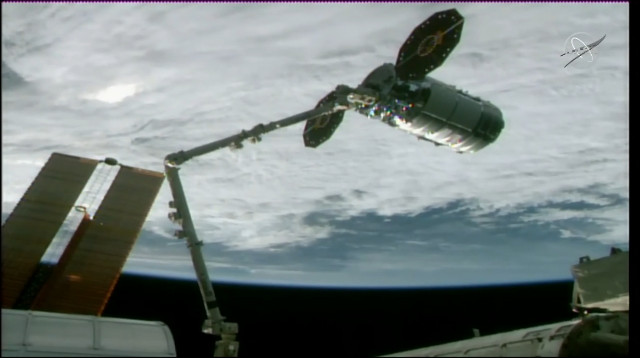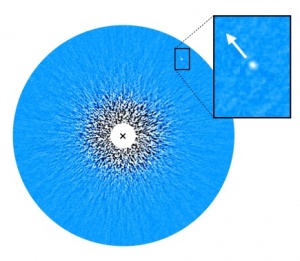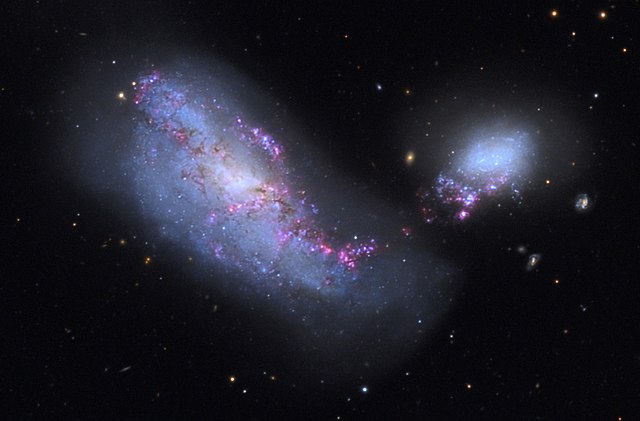
Mission NG-13 accomplished: the Northrop Grumman Cygnus spacecraft has reached the International Space Station
Northrop Grumman’s Cygnus spacecraft, launched last Saturday, February 15, has just reached the International Space Station and was captured by the Canadarm2 robotic arm. Astronaut Andrew Morgan, assisted by his colleague Jessica Meir, will soon begin the slow maneuver to move the Cygnus until it docks with the Station’s Unity module after about two hours.





